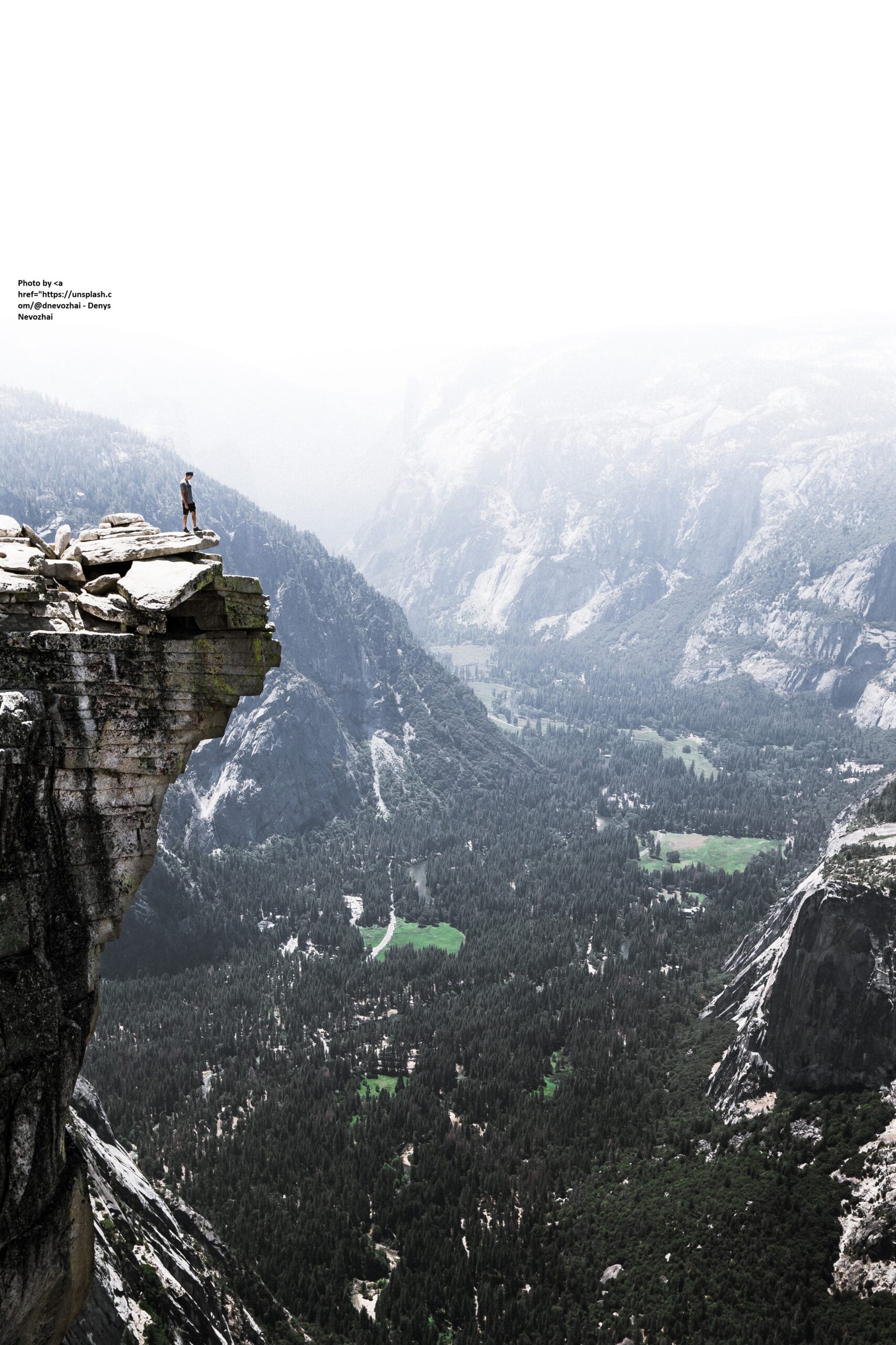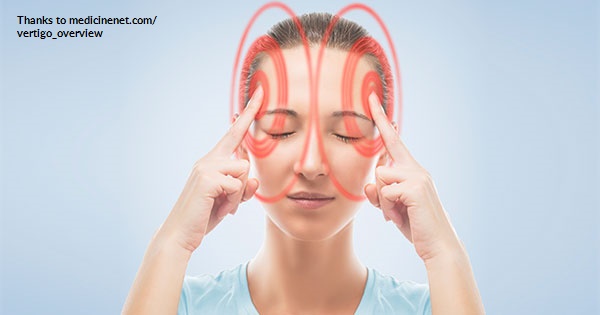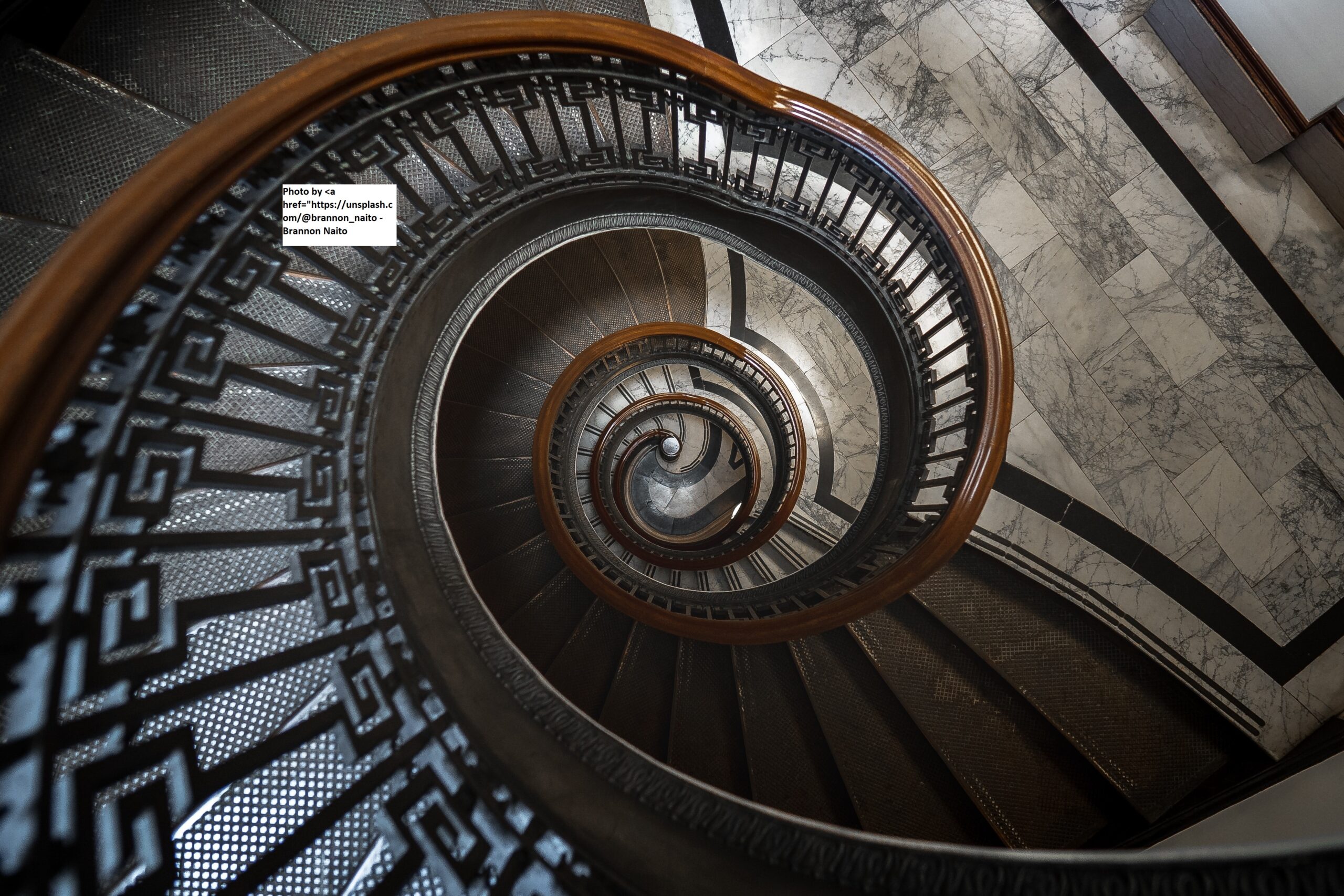What is vertigo?
Vertigo is a condition where people feel that objects around them are moving even when they are static. Often, it is experienced as a spinning or swaying movement, a feeling of being off-balance.
What are the symptoms of vertigo?
Vertigo is often triggered by a change in the position of the head. Here, people with vertigo typically describe the experience as one of spinning, tilting, swaying, feeling unbalance, feeling a pull in one direction etc.
Accompanying symptoms can include:
- Nausea and vomiting.
- Abnormal or jerking eye movements
- Headache
- Sweating
- A ringing in the ear or hearing loss
These symptoms can last a few minutes or last for a few hours. Also, they can also come and go.
What are the most comon causes of vertigo?
Most common root causes of vertigo are;
- First, deposition of small calcium particles in the canals of the inner ear. This is called BPPV and the calcium deposits interfere with the sense of balance, which is controlled by the inner ear. BPPV can be associated with age.
- Second, Meniere’s disease – this is a condition where there is a build up of inner ear pressure resulting in imbalance and hearing loss.
- Third, Vestibular neuritis – this is an infection of the inner ear.
Also, vertigo can occur on account of brain injury, tumour, sciatica, stroke etc to a lesser extent. Finally, exposure to toxins, alcohol and some drugs and poisons can trigger vertigo.
Generally, vertigo is known to have receded naturally as the brain learns to compensate but often, some assistance is required.
Vertigo – physiology explained.
Vertigo is an illness that is most associated with the vestibular system, a sensory system most associated with sense of balance and space, for the purpose of co-ordinating movement with balance. Additionally, it which consists of the following components;
- Vestibulospinal tract – is a part of the Vestibular system and Central Nervous System which influences head-eye, posture-balance and spatial-motion co-ordination. Here, stimulus comes from change in movement or balance which in turn acts as an input to the spinal column for compensating the neck and other relevant muscles – or righting reflex.
- Migraine associated vertigo – is most commonly associated with BPPV associated with dislocation of calcium carbonate crystals which are sensitive to head movements.
Yoga therapy solutions for vertigo.
vertigo.
Solution to vertigo depends a lot on lifestyle, and age. Alcohol also impacts vertigo due to the variable viscosity of the blood and the endolymph during the consumption of alcohol;
- Importantly, āsana cannot replace medication; they can help in restoration and recovery. In fact, they cannot be used as an independent tool for therapy.
- However, āsanas are an excellent tool to build resistance such that over time, a near normalcy state is reached.
- But, being in the weight range for one’s specified height is mandatory for any āsana to be effective.
- The āsana plan will start with āsanas and prāṇāyāma to stabilise nasal pressure. Subsequently, more complex āsanas can be added as the person becomes more competent.
An āsana plan for vertigo.
- Starters – 3 months – all āsanas to be performed slowly. Pranayama should not be missed.
- Intermediate – 3 months – all āsanas to be performed only after improvement is detected and after OK from doctor. Prāṇāyāma should not be missed. Estimated time – 30 mins.
- Final – all āsanas to be performed only after substantial improvement is detected and after OK from doctor. Estimated time – 45 mins.
|
Āsana (click on the āsana for detailed process) |
Beginner | Intermediate | Final | |
| SN | 3 months | 3 months | 3 months | |
| 1 | Padmāsana | 3 mins | 3 mins | 3 mins |
| 2 | Tadāsana | 2 | 2 | 2 |
| 3 | Utkatāsana | 1 x 5 counts | 1 x 5 counts | 1 x 10 counts |
| 4 | Bhujaṃgāsana | 1 | 2 | 3 |
| 5 | Shalabhāsana | 1 | 2 | 3 |
| 6 | Dhanurāsana | 1 | 2 | 3 |
| 7 | Pavanamuktāsana | 2 (one leg) | 2 | 2 |
| 8 | Arda-halāsana | 2 (one leg) | 2 | 2 |
| 9 | Naukāsana | 1 | 2 | 2 |
| 10 | Sundara-viparītakaraṇi | 5 mins | 5 x 2 mins | 15 mins |
| 11 | Matsyāsana | 1 x 5 counts | 1 x 5 counts | 1 x 10 counts |
| 12 | Sethubandāsana | 1 x 10 counts | 1 x 20 counts | 1 x 50 counts |
| 13 | Mahāmudra | – | 1 x 5 counts | 1 x 10 counts |
| 14 | Nāḍī-śuddhi prāṇāyāma | 5 x 1 cycles | 5 x 2 cycles | 10 x 2 cycles |
| 15 | Bhastrikā | 1 x 3 cycles | 1 x 5 cycles | 1 x 5 cycles |
| 16 | Kapālabhātī | 1 x 10 cycles | 1 x 25 cycles | 1 x 50 cycles |
| 17 | Śavāsana | 5 mins | 5 mins | 5 mins |
| 18 | Meditation (dhyāna) sit in silence and focus on the breath | 10 mins | 15 mins | 20 mins |

